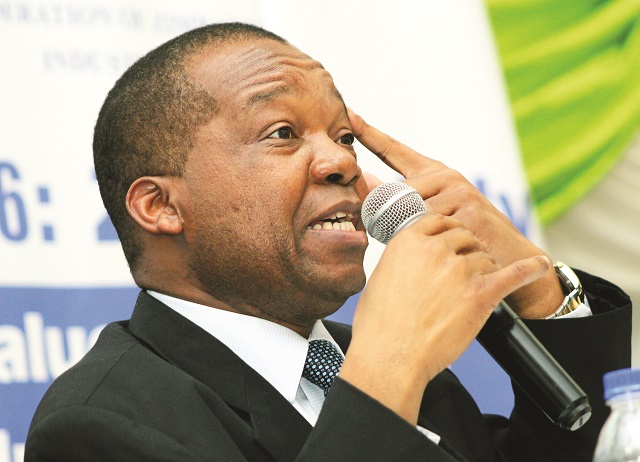RBZ ultimatum to building societies

Senior Business Reporter
THE Reserve Bank of Zimbabwe (RBZ) has given building societies up to March 31, 2017 to submit detailed plans on housing development projects they intend to embark on between now and next year.
In the 2017 Monetary Policy statement presented last week, RBZ Governor Dr John Mangudya said housing and infrastructure development were critical for sustainable growth of the economy.
“There is currently a gap in the provision of housing and the banking sector plays a central role in bridging this gap.
“In this regard, building societies are required to submit detailed plans by March 31, 2017, on the housing development projects and units they will be undertaking in 2017 and 2018,” said the Governor.
He said in 2016, building societies funded a total of 1 531 new units valued at $75,02 million. Under Zim-Asset, the Government targets developing 300 000 housing units by 2018.
“It is encouraging to note that the highest number of housing units funded during 2016 was targeted at low income households in the high density areas,” said Dr Mangudya.
The Governor said there was further scope for building societies to re-engineer their business models, mobilise funding and forge partnerships with relevant partners to offer affordable housing units.
One of the building societies, the National Building Society (NBS), has already set a target to deliver 10 000 residential units this year and 100 000 by 2021.
The National Social Security Authority (NSSA) owned-building society, which was launched last year, has so far managed to deliver 1 000 housing units.
As part of efforts to improve the country housing development initiative in line with Zim-Asset, NBS has also made further investment into housing projects setting aside an additional funding ranging between $30 million and $35 million.
The building society was launched with an initial capital investment amounting to $25 million. Zimbabwe’s housing backlog is estimated at 1,25 million.
Dr Mangudya has also challenged microfinance institutions to develop innovative housing micro-finance in line with developments in other countries.
“Microfinance for housing is believed to progressively upgrade poor families’ homes.
“Such upgrades will entail building a home in incremental steps by improving existing infrastructure rooms including adding a room, or installing water or electricity.
“As at 31 December 2016, the portfolio in mortgage business by building societies ranged between 40 percent and 73 percent signifying the need to align to the recommended thresholds of 80 percent previously announced by the Reserve Bank,” he said.
According to the RBZ boss, 796 high density housing units were funded to the tune of $16,1 million in 2016 while during the same period 116 medium density houses were funded at a cost of $6,3 million.
During the same period, 564 low density housing units were funded to the tune of $35 million.
— @okazunga.









Comments